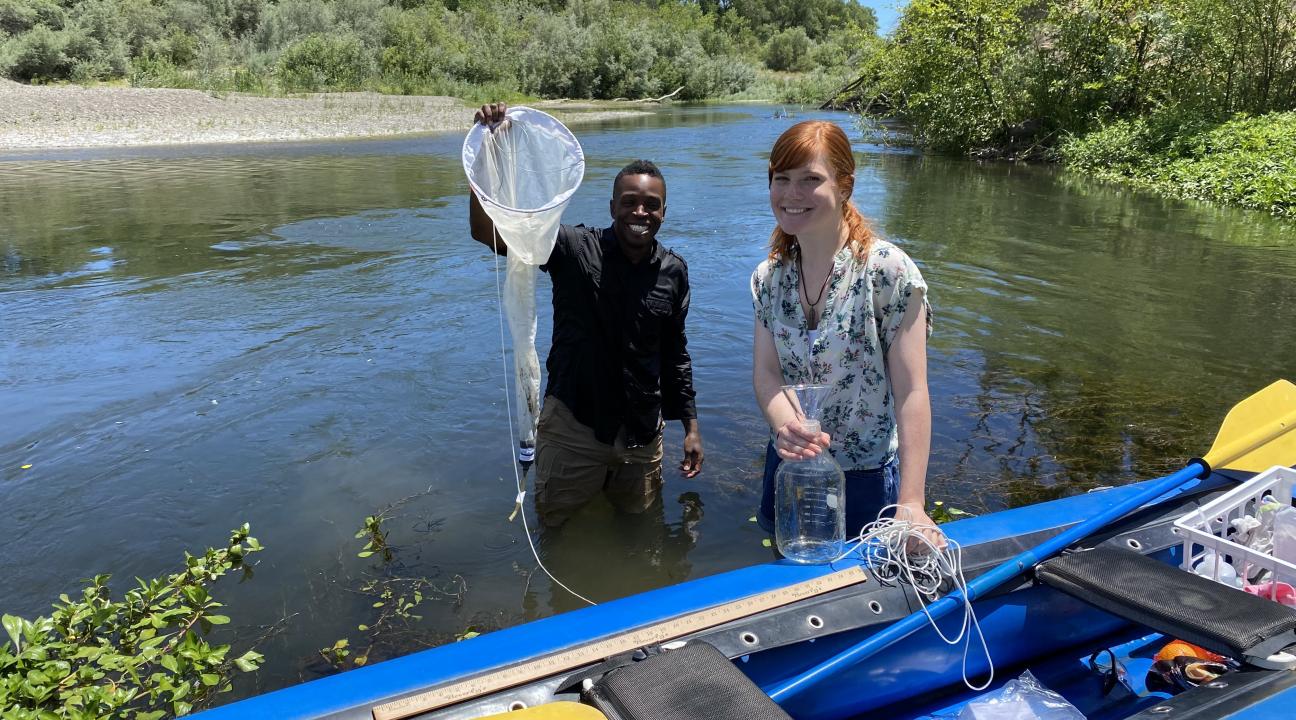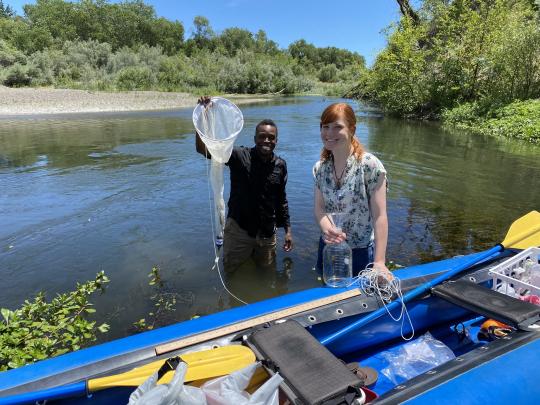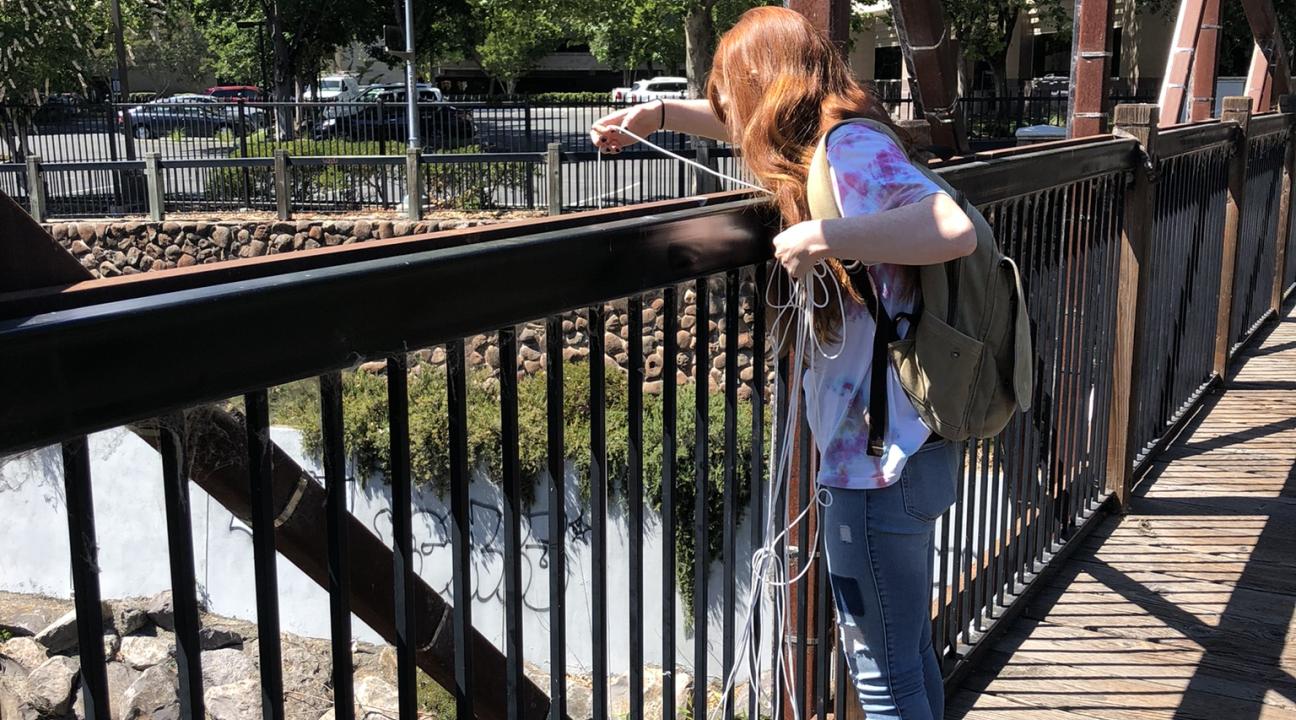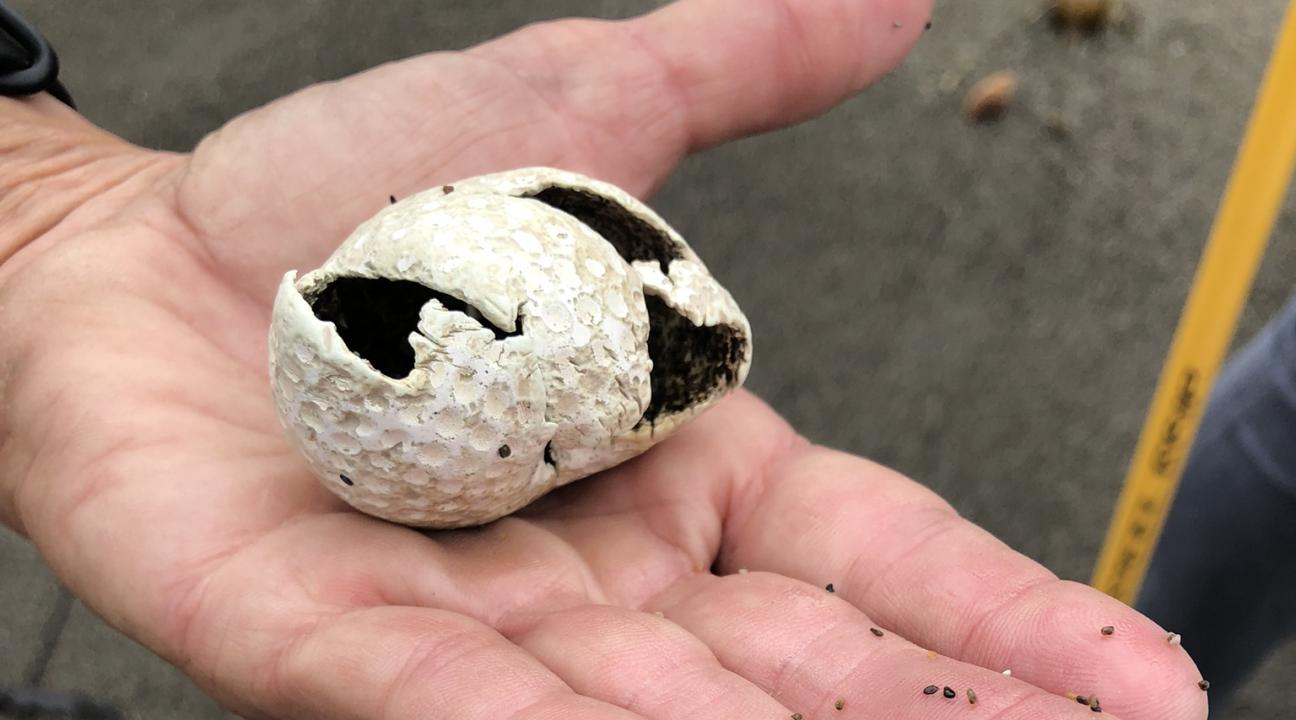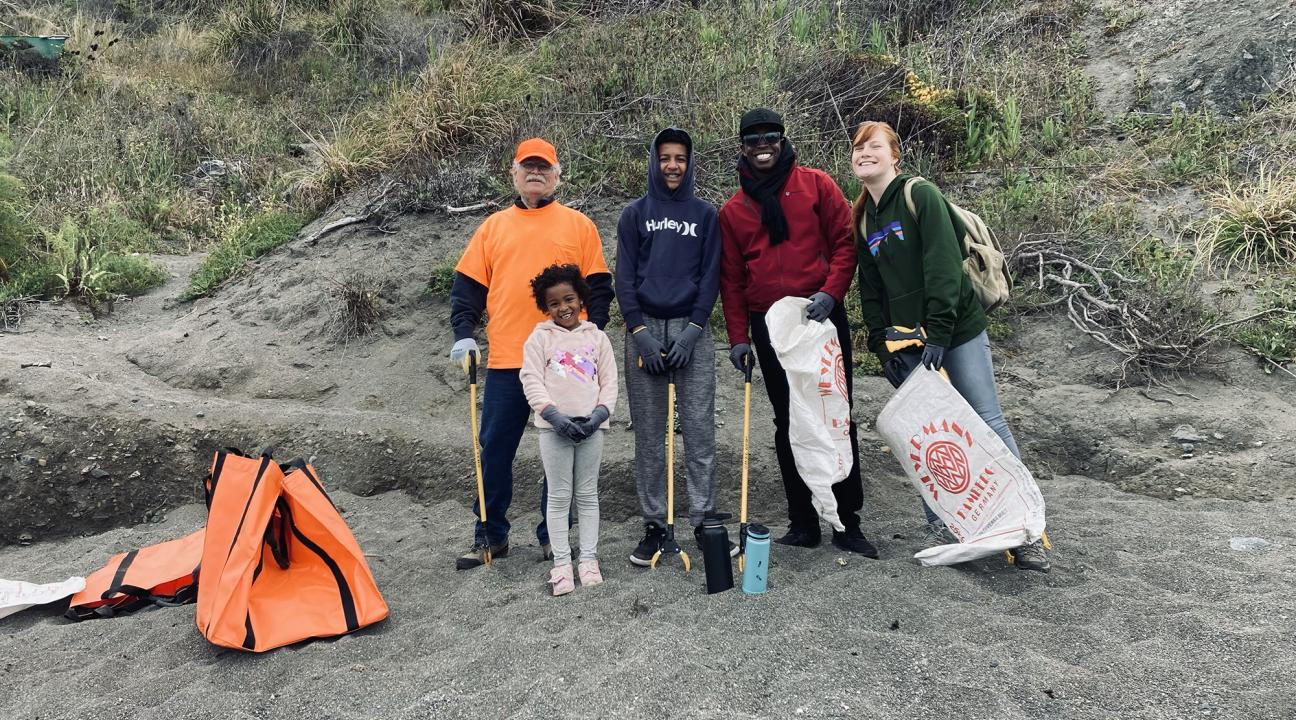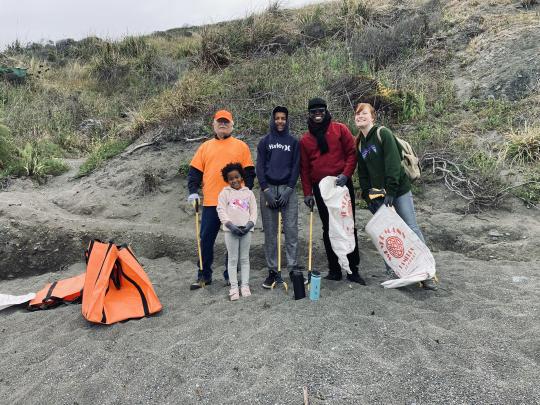SSU WATERS Grant Recipient Manza Atkinson: Using Magnetic Levitation for Russian River Microplastic Containment
SSU’s Center for Environmental Inquiry congratulates several faculty members who have been awarded WATERS grants, made possible through a CEI partnership with Sonoma Water. We are profiling each recipient in a series of articles highlighting their work.
In this profile, we highlight the work of Chemistry lecturer Dr. Manza Atkinson, who is using WATERS funds to engage students in research designed to improve water quality along the Russian River. Atkinson's work has far reaching implications for the rich ecosystems that rely on the river to thrive.
Atkinson and his student researchers are exploring ways to detect and remove microplatics from Sonoma County waterways.
“Microplastics are water-insoluble polymer particles between the size range of 1 micrometer to 5 millimeters. The persistence and accumulation of these particles in the environment, and more recently in human blood,” mave made microplastics “an area of concern on a global scale and for many people in Sonoma County,” Atkinson said. “The ingestion of these materials in marine life poses a risk to our local biodiversity such as coho salmon.”
Given the way microplastics mix with other environmental elements, it can be difficult to distinguish or remove them. But in Summer 2022, Atkinson and his student team began testing a way to isolate microplatics in the environment using Magnetic Levitation (MagLev).
“We hope to determine whether this device will make separating, analyzing, and identifying microplastics practical onsite in the field,” Atkinson said. MagLev “uses no power to operate and has been used to rapidly separate diamagnetic materials such as small plastics, crystal polymorphs, and seeds among others, based on differences in their densities.” Thus, it is cost-efficient and environmentally friendly. “This data can serve to help the consumers and developers of these materials, local policymakers, and local organizations that aim to protect wildlife, make more informed decisions about how to mitigate possible contaminants.”
Student researcher Catherine Kingsbury helped collect samples downstream from the confluence where a freshwater stream meets the Russian River. Samples have also been collected from Driftwood Beach, where the Russian River meets the ocean and where materials often collect. “Given that many creeks such as the Mark West and Santa Rosa creeks lead to the Russian River, the materials that wash ashore at Driftwood Beach can provide evidence of consumer and waste management habits,” explained Atkinson.
Chemistry student Cesar Torres then began analyzing the preliminary samples. “What was most concerning about our observations from the material collected at this beach was how many pieces of fragmented polystyrene of different sizes that the students found in the sand,” Atkinson said. Freshman biology student Camila Carrillo will continue this work.
“The students at Sonoma State University have the opportunity to serve the community, gain research experience, connect and collaborate with other scientists and residents within Sonoma County,” said Atkinson. “It is a win for the students, the institution, and the people of Sonoma County.”
To get involved with the Center; learn more about our programs, classes, or projects; or to donate, please contact Center Director Claudia Luke at [email protected](link sends e-mail) or visit cei.sonoma.edu.


